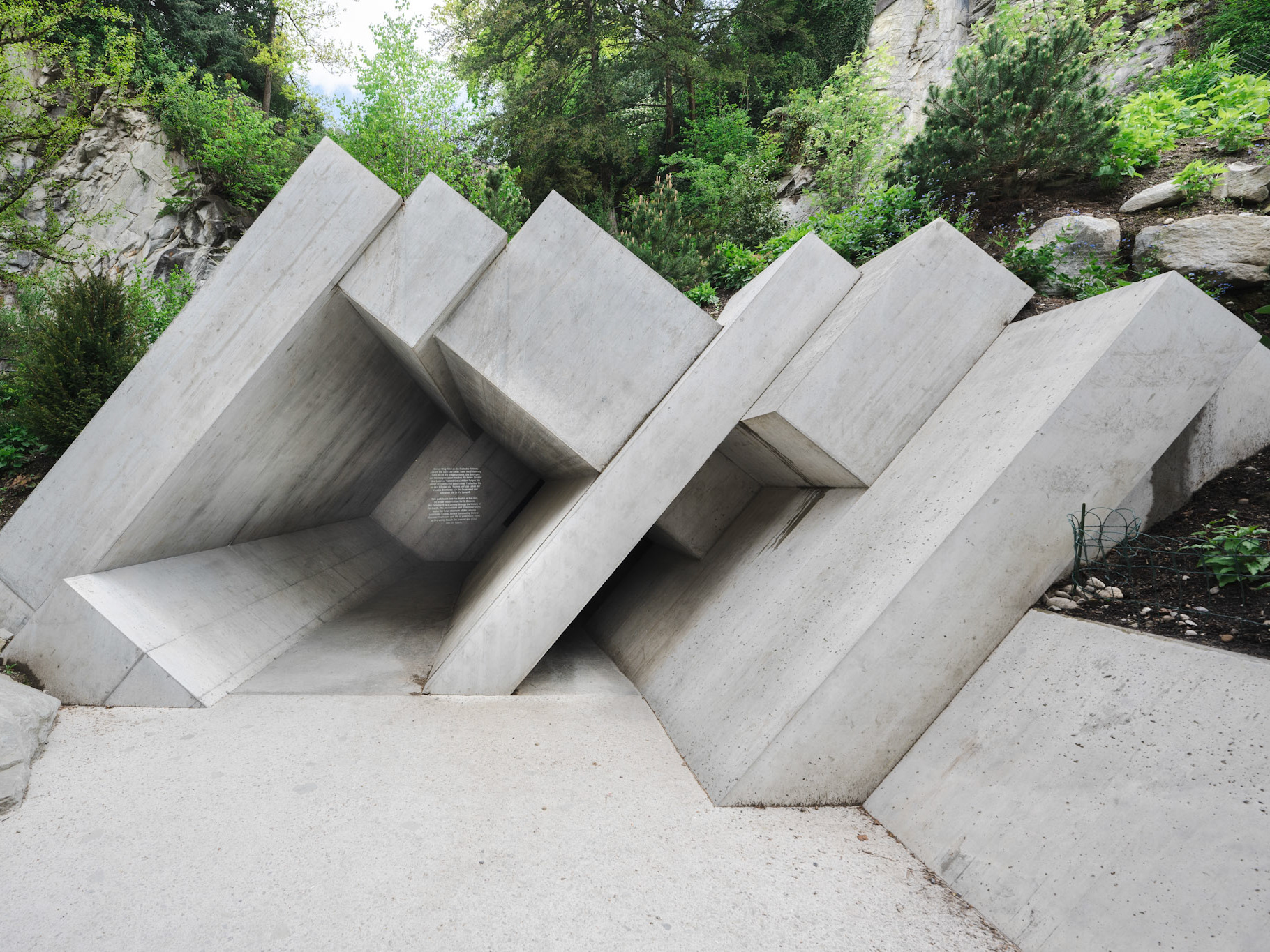
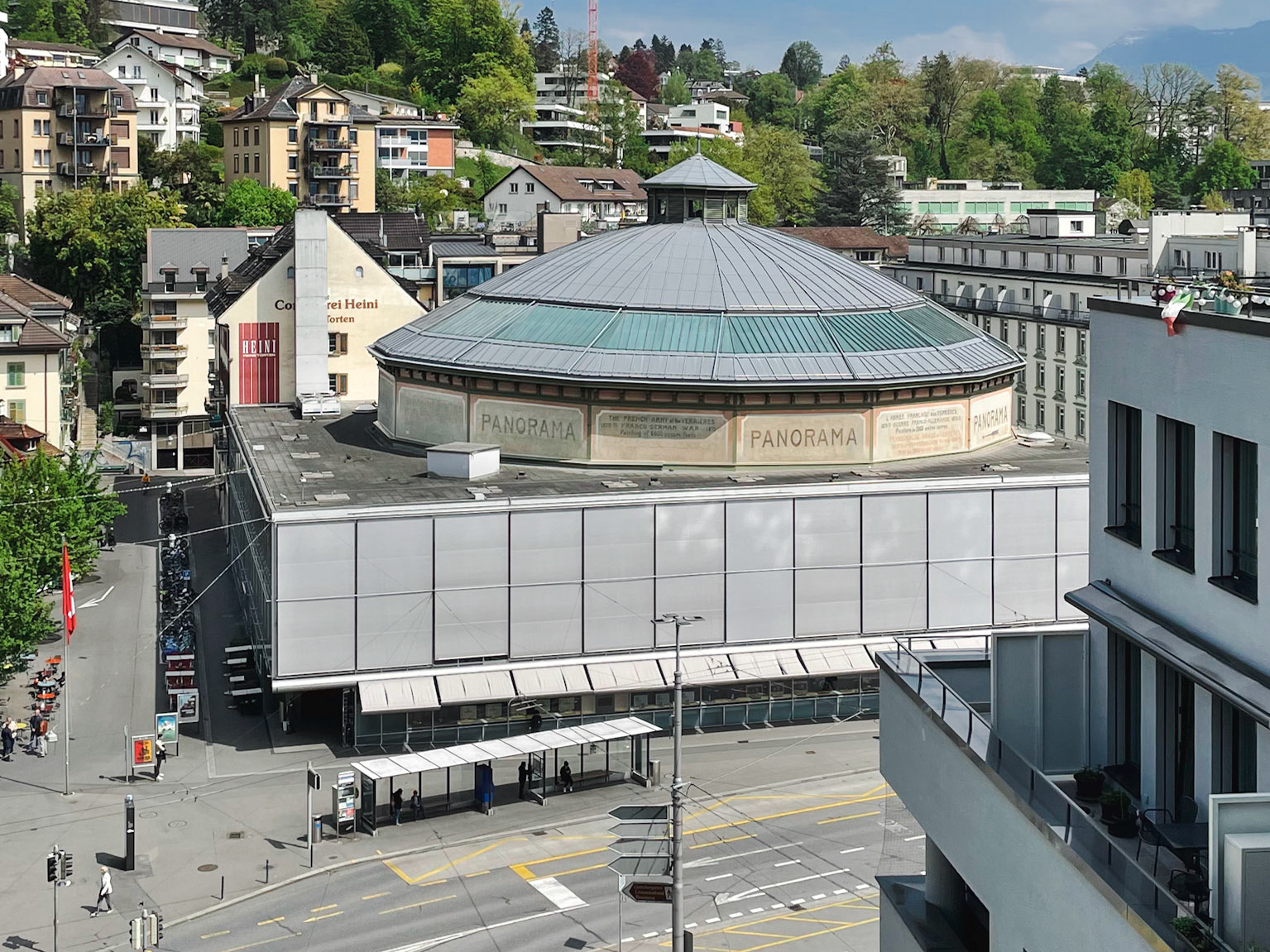
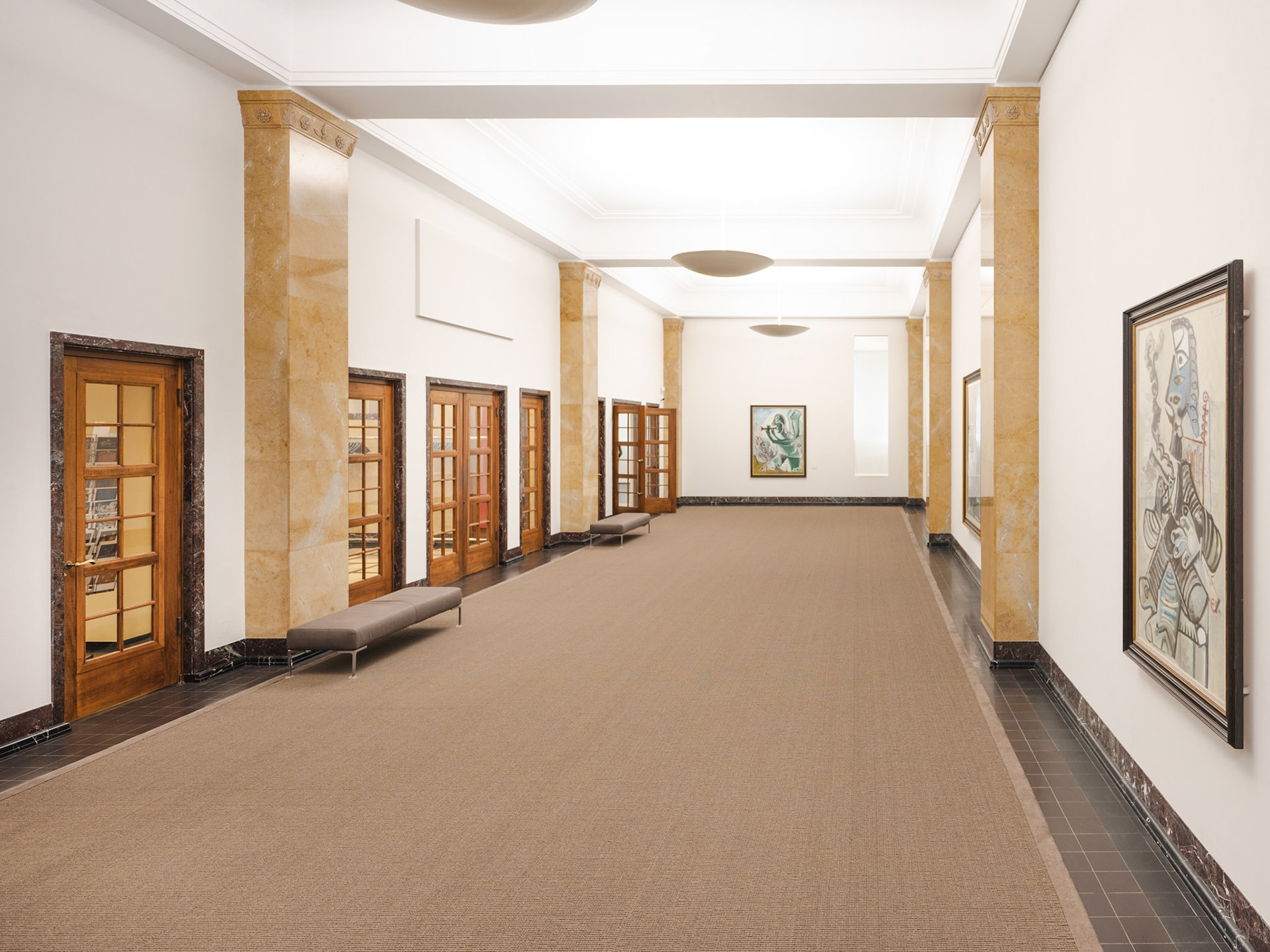

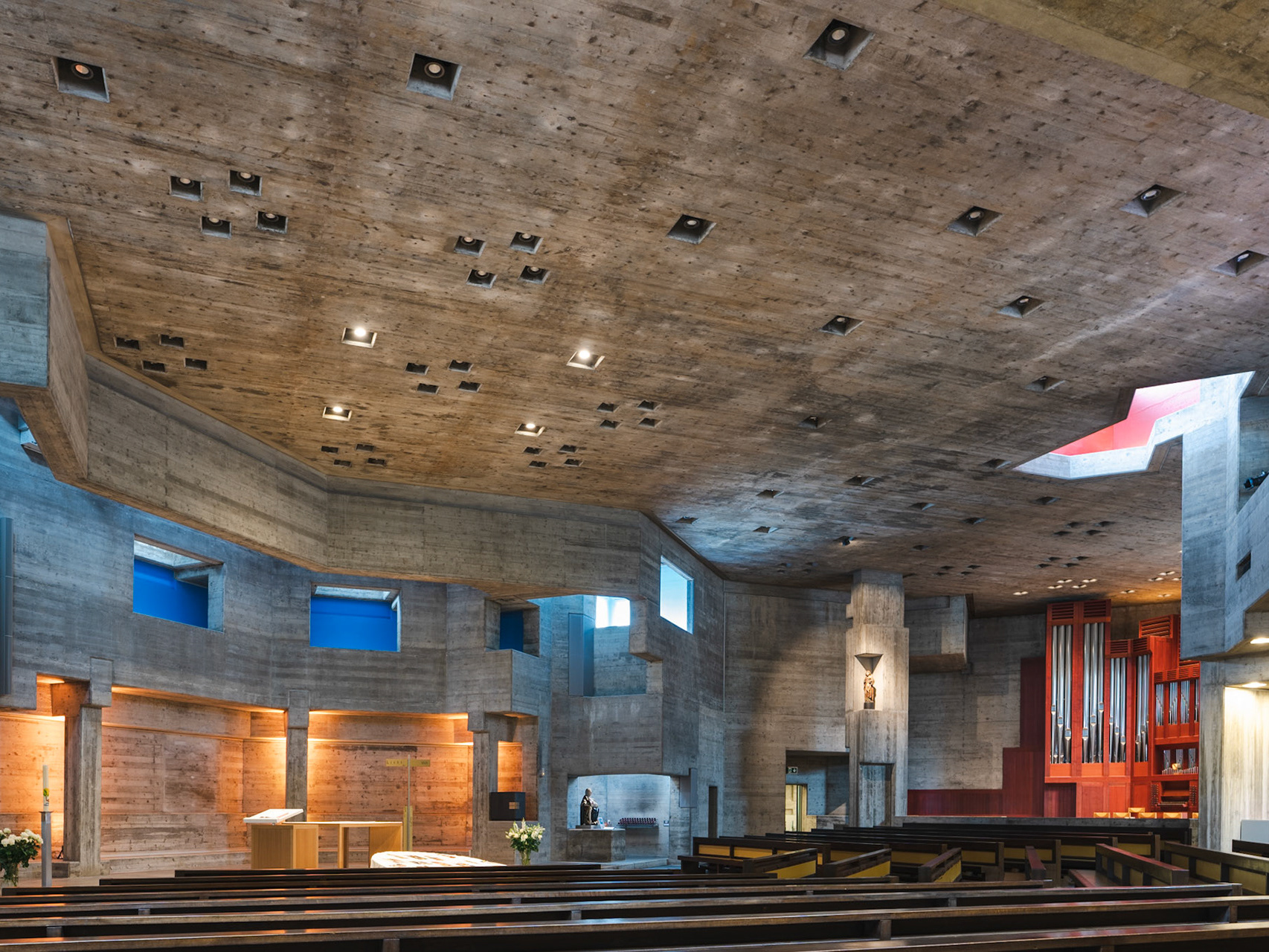

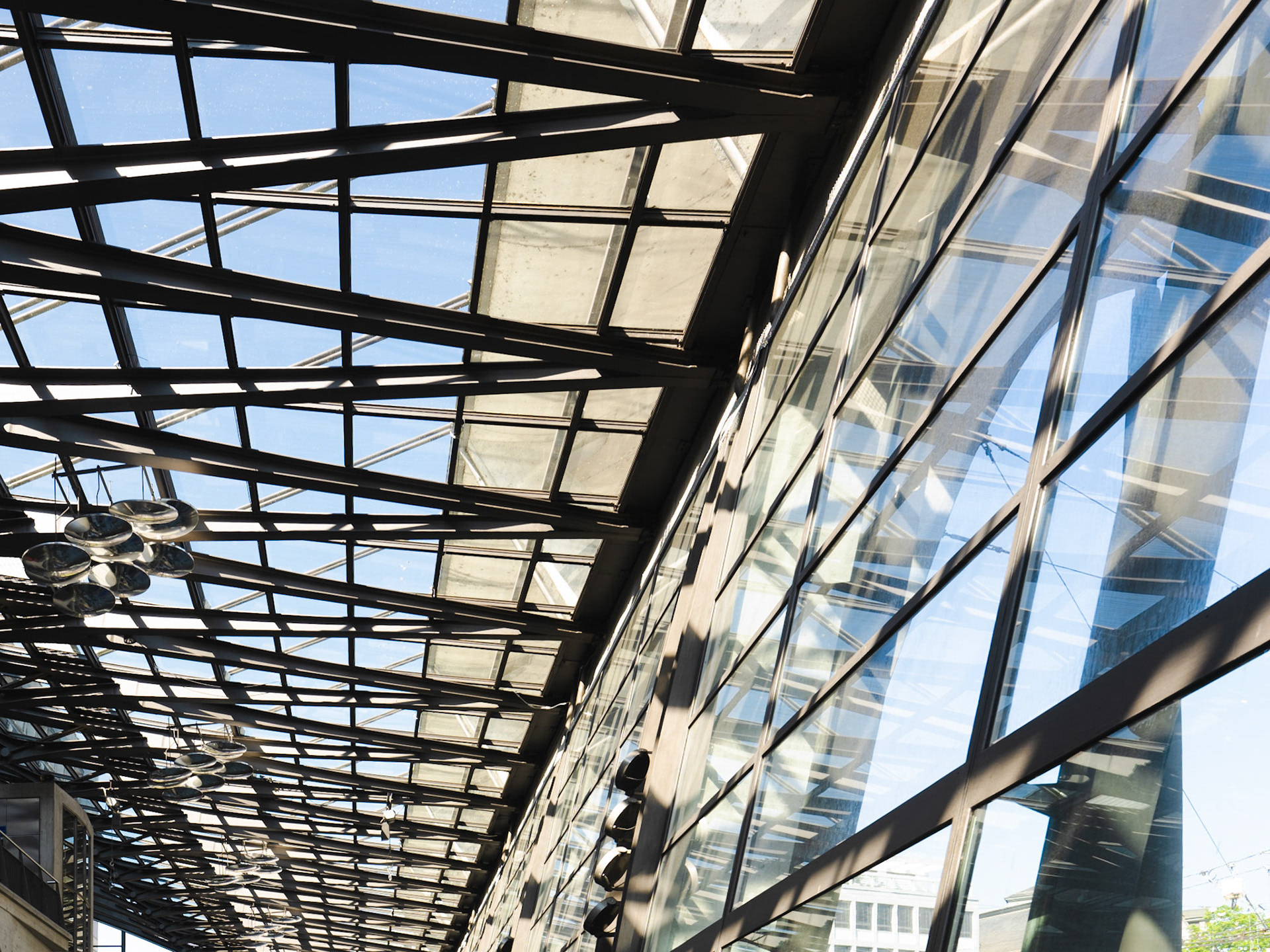
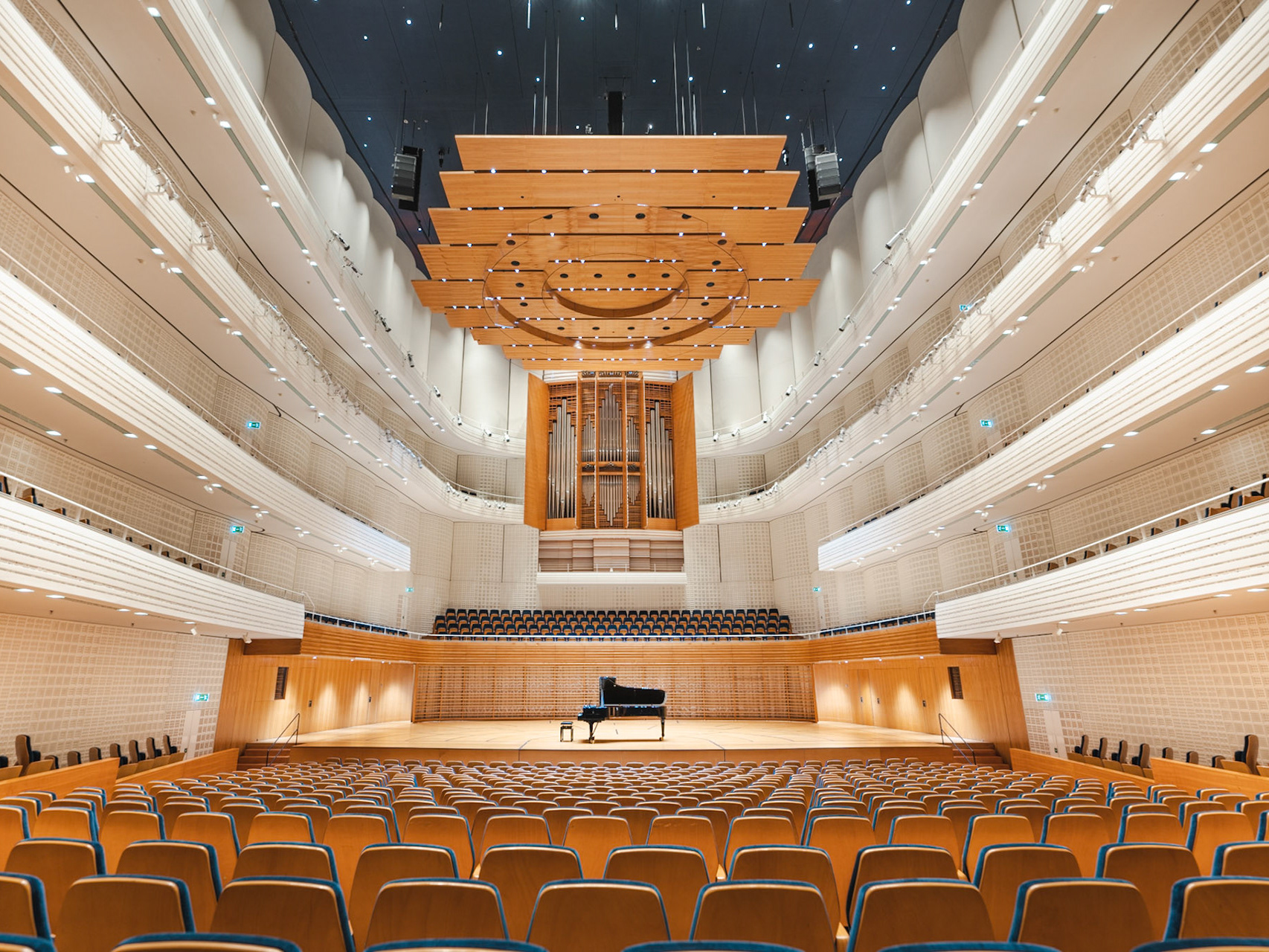
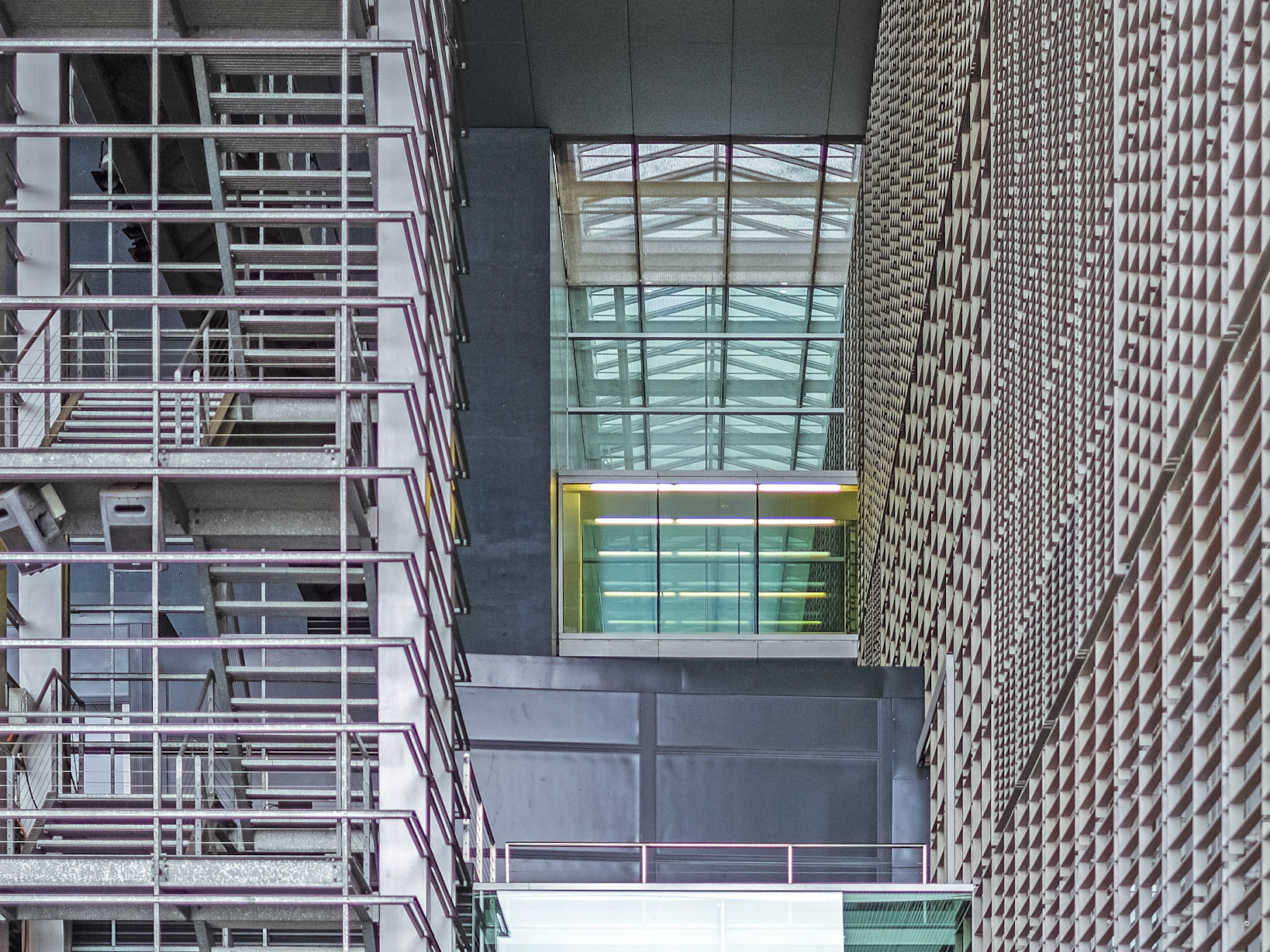
Lucerne, nestled between the Swiss Alps and the shores of Lake Lucerne, is a city that seamlessly blends natural beauty with a rich cultural and architectural heritage. Founded in the 12th century, Lucerne developed as a key trading hub, flourishing under the Swiss Confederation. Its well-preserved Old Town features narrow, winding streets, lined with beautifully painted façades and timber-framed houses that evoke the city’s medieval past. In the late 19th century, Lucerne became a favored retreat for artists, royalty, and notable figures. German composer Richard Wagner made his home in Tribschen in 1866, and Queen Victoria's visit in 1868, during which she toured the Kapellbrücke and Lion Monument, further elevated the city's profile. American writer Mark Twain also helped popularize Lucerne through his travel writings after visiting in 1878 and 1897. Contemporary architecture lovers will appreciate the Culture and Congress Centre (KKL), designed by renowned architect Jean Nouvel, which juxtaposes sleek, modern design with the city’s historical landscape.








